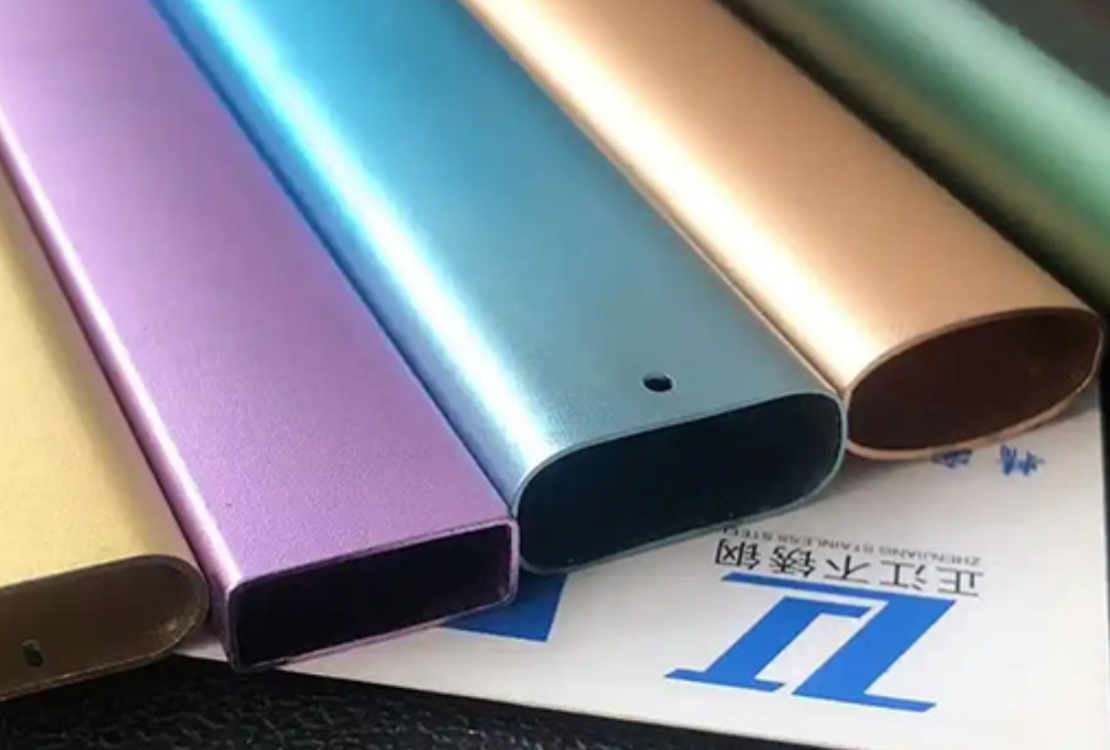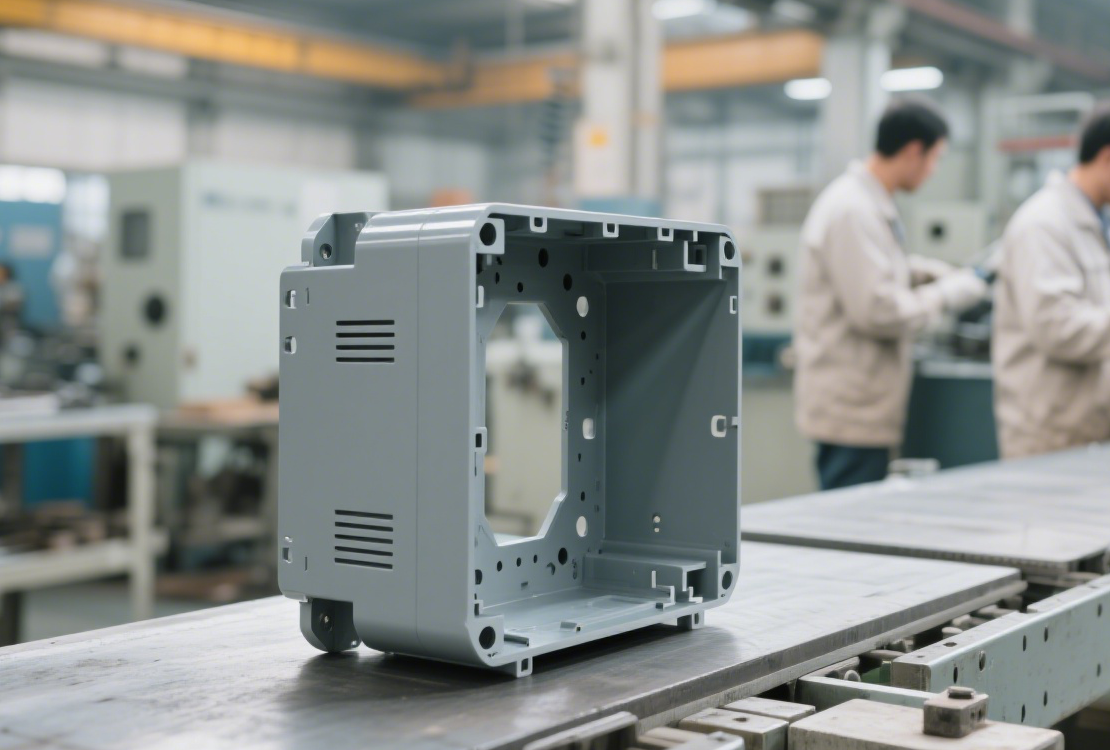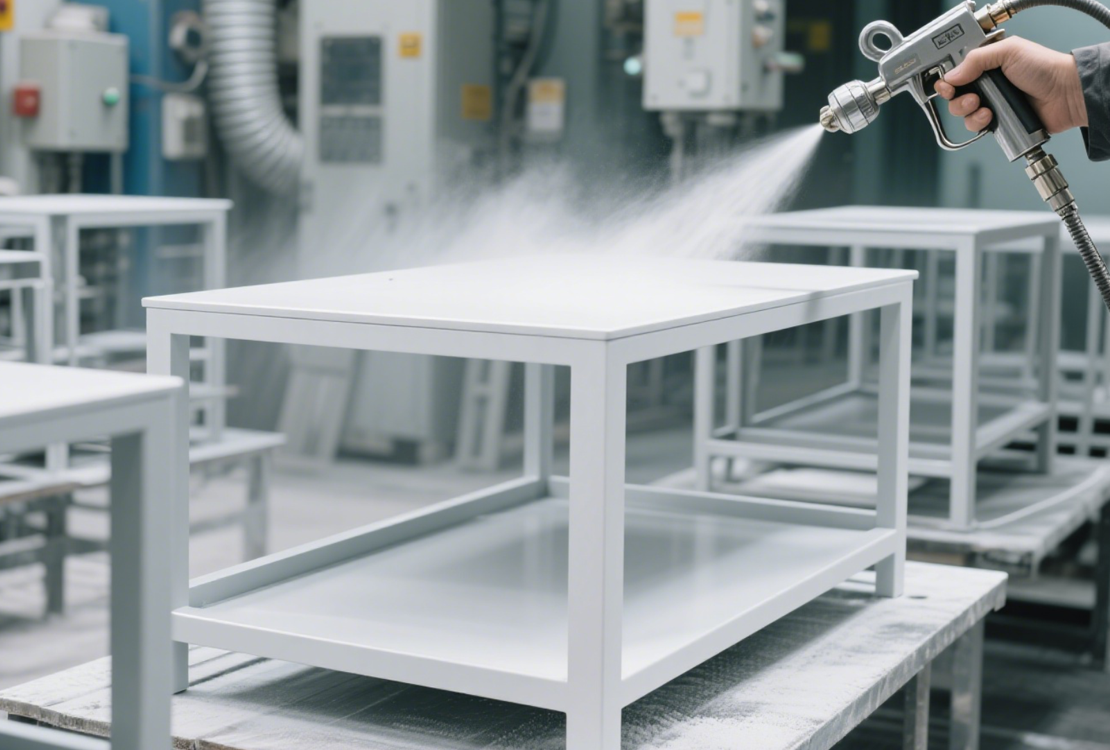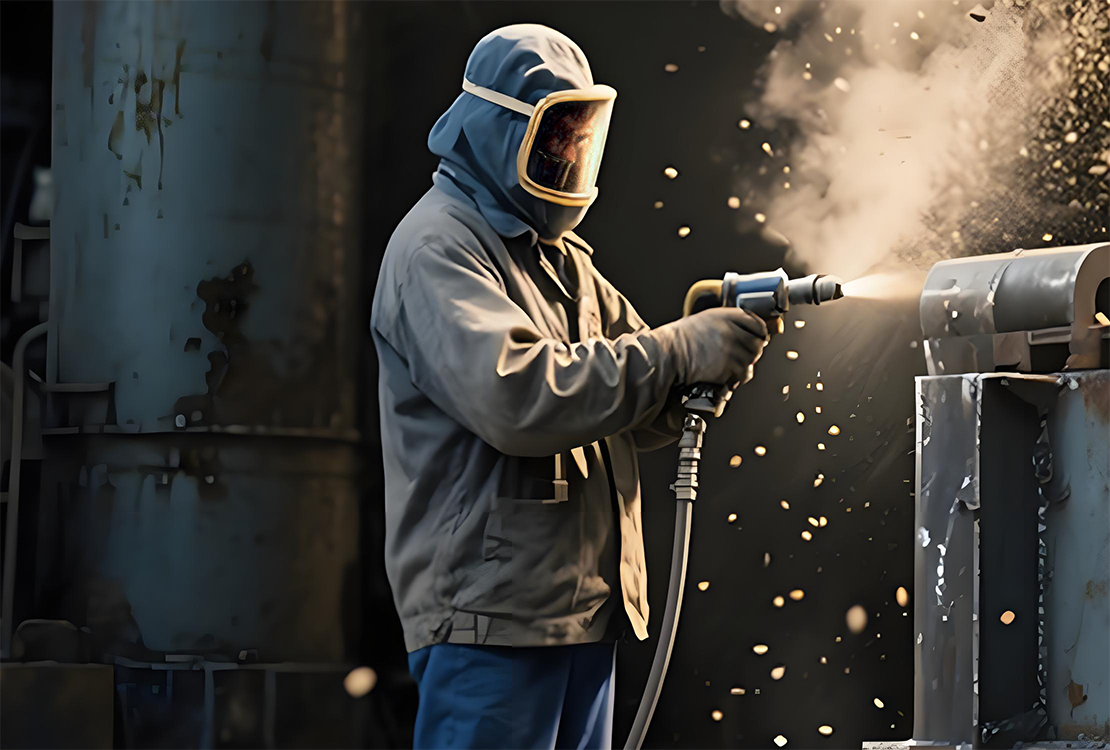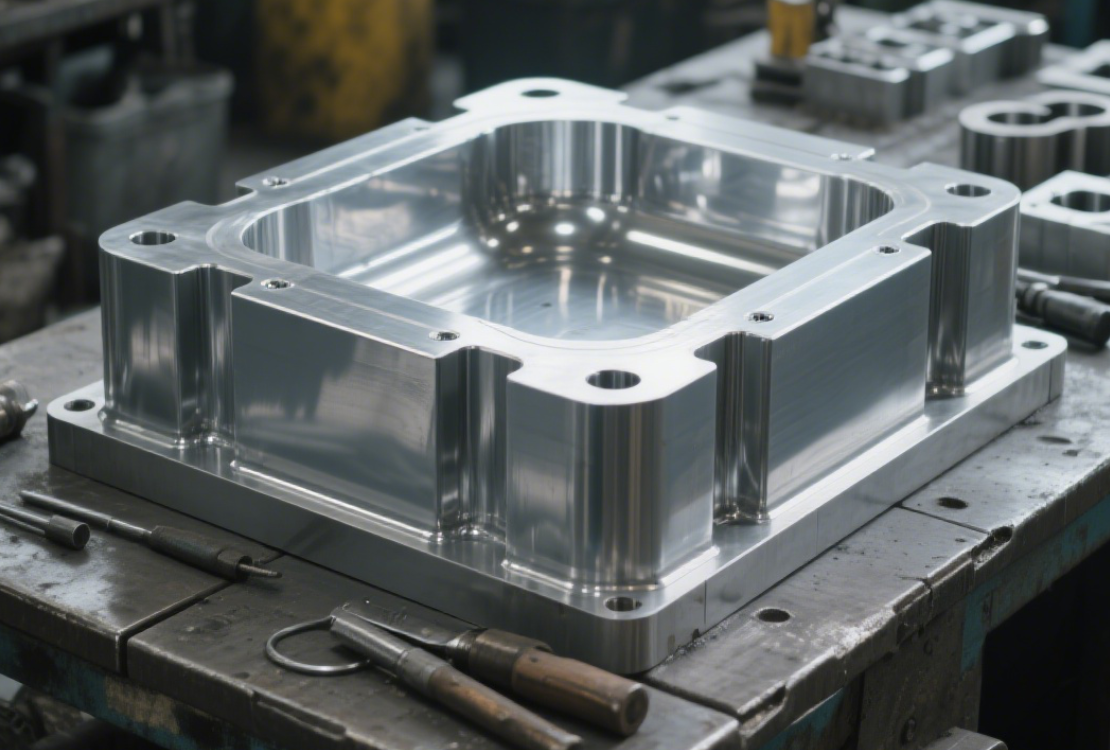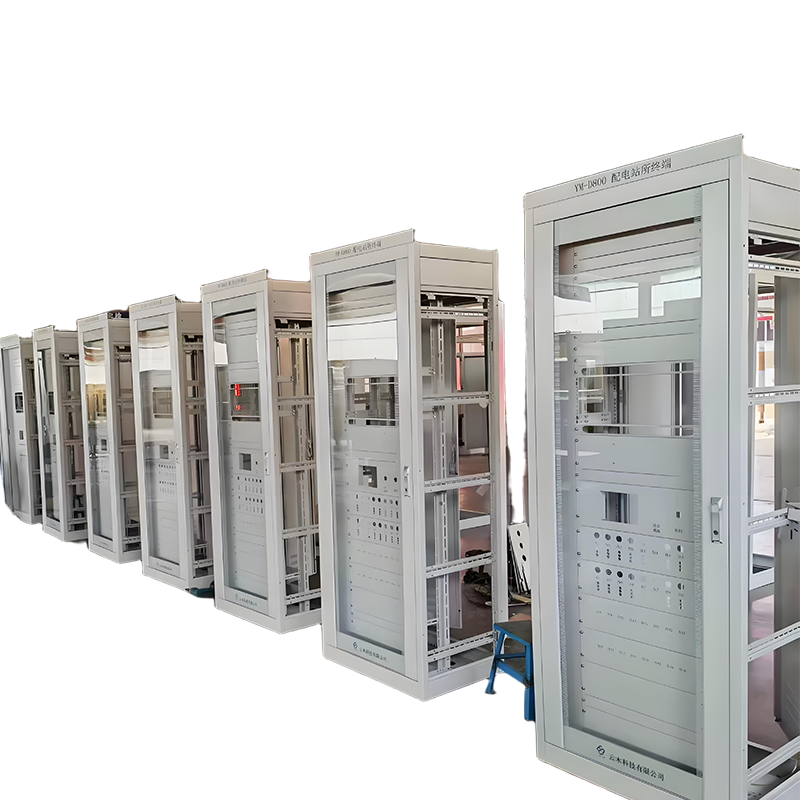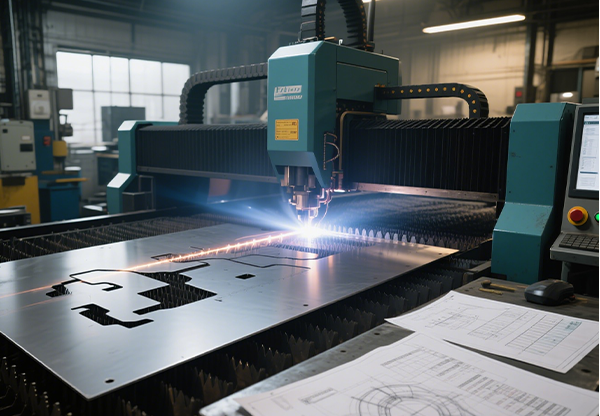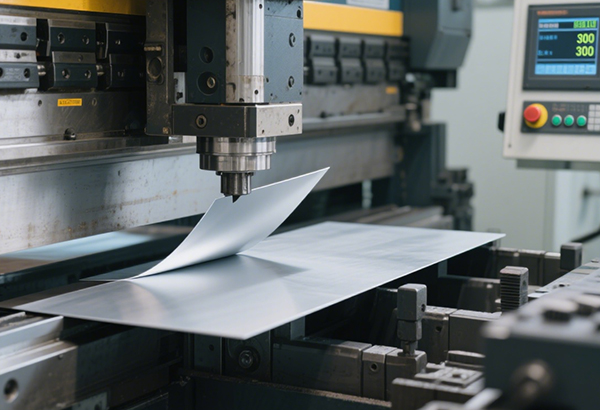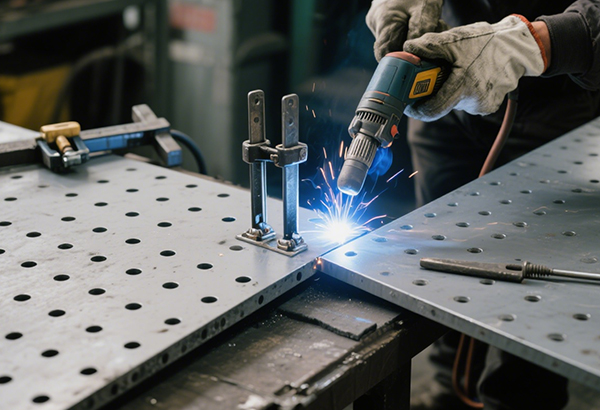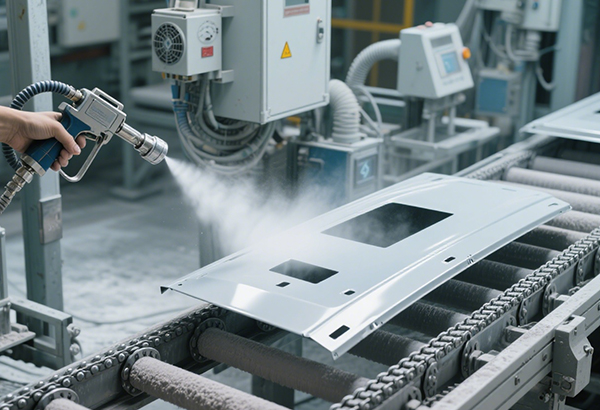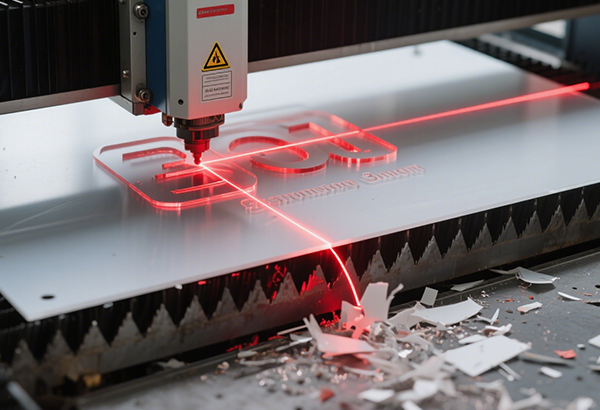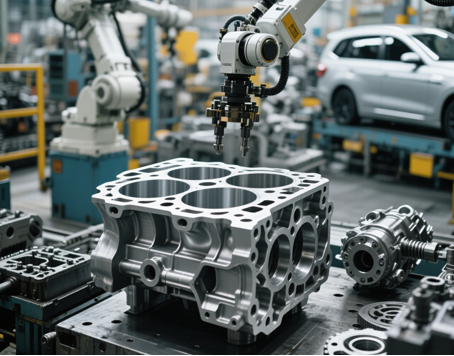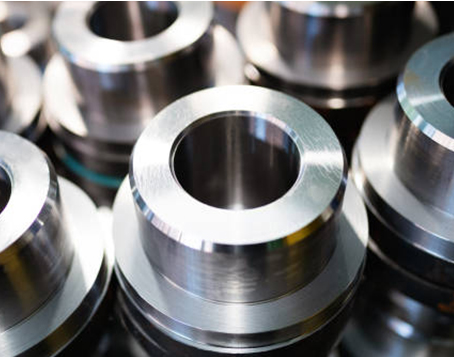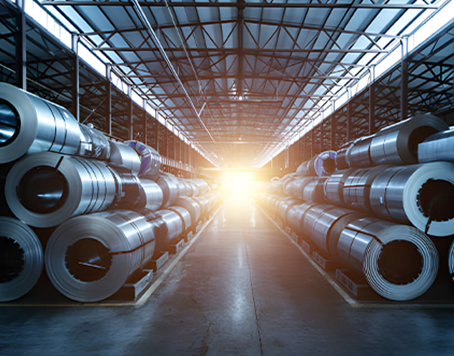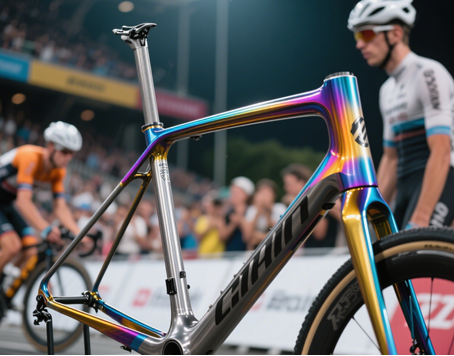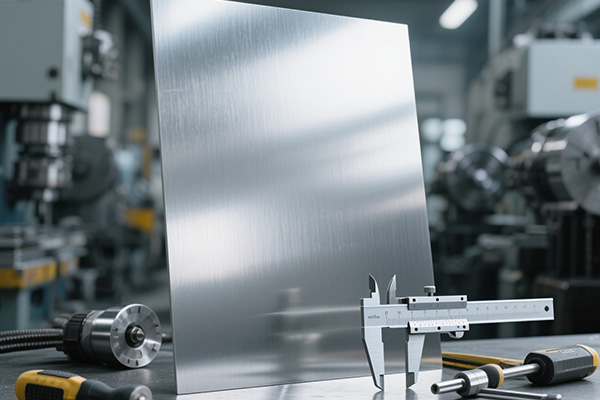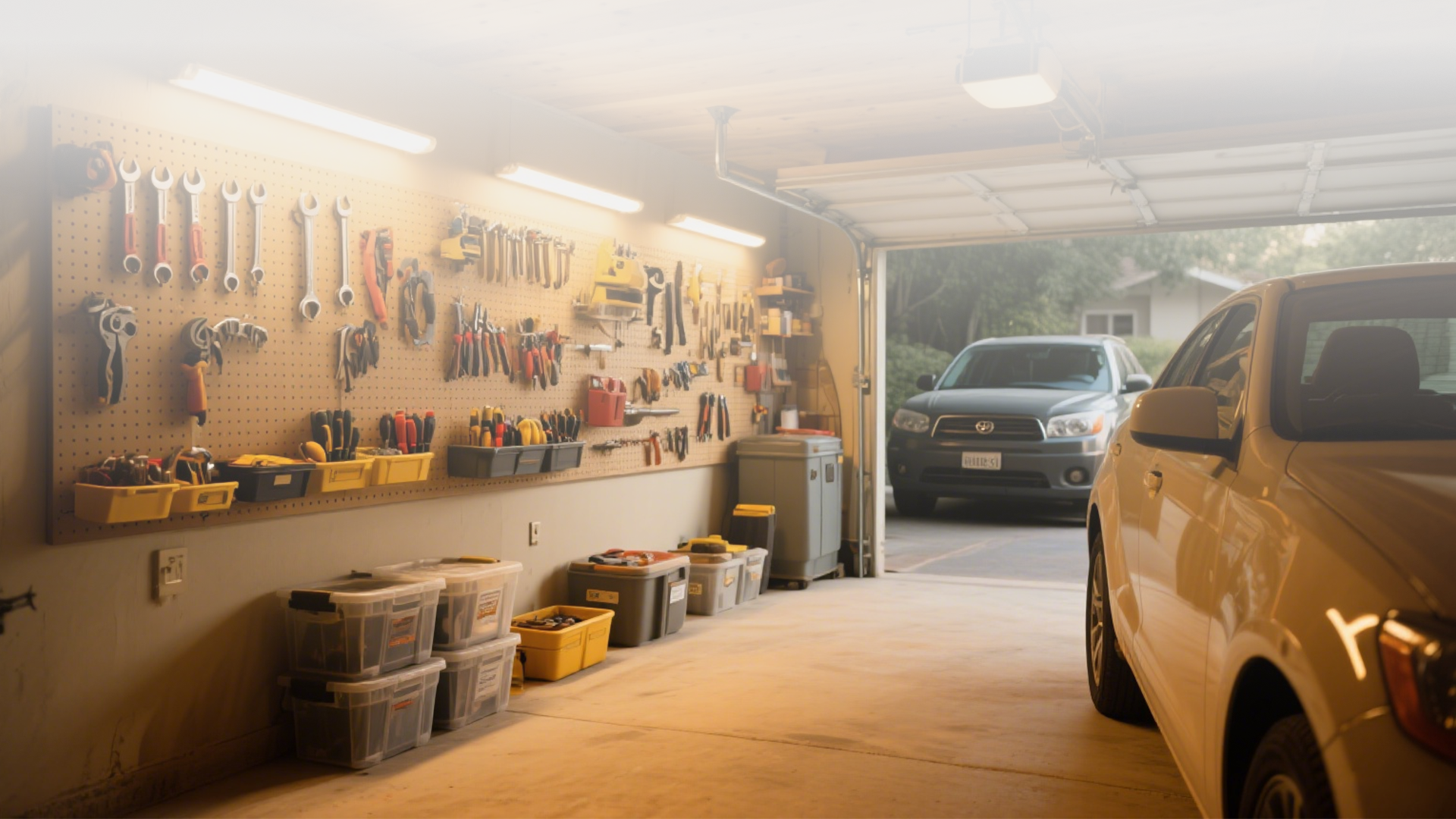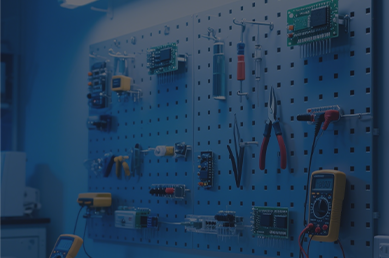Online
Product inquiry




Contact
Catalog
Related
|
Category |
Item |
Description |
|
Product Introduction |
Definition |
A power box is a metal or plastic structure used to encapsulate power supply components, playing roles in protection, support, and heat dissipation. |
|
Application Fields |
Widely used in equipment requiring stable power supply such as communications, electric power, industrial automation, and smart home appliances. |
|
|
Functional Roles |
Provides safe and reliable power input/output connections, ensures stable operation of electronic components, and simultaneously has dust-proof, heat-dissipating, and electromagnetic shielding functions. |
|
|
Processing Capability |
Process Flow |
Laser cutting - CNC bending - Welding - Polishing - Surface treatment - Assembly inspection |
|
Surface Treatment |
Various processing techniques available such as powder coating, electrophoresis, painting, anodizing, silk-screen printing, and wire drawing. |
|
|
Precision Range |
Laser cutting precision ±0.1mm, sheet metal thickness 0.8-3.0mm, capable of customizing special structures and hole positions. |
|
|
Material Selection |
Common Materials |
Cold-rolled steel sheet (SPCC), galvanized sheet, stainless steel, aluminum sheet, aluminum profile, etc. |
|
Material Characteristics |
High strength, good heat dissipation performance, corrosion resistance, strong protection, adaptable to different indoor and outdoor application environments. |
|
|
Product Advantages |
Advantages |
Compact structure, convenient installation, flexible customization, supports modular design, and ensures the stability and safety of the power system. |
|
Customization Capability |
Supports processing according to drawings and samples, supports mold opening customization, and provides complete assembly solutions. |
|
|
Application Value |
Improves the integration and safety of the power supply system, extends service life, and optimizes usage space. |
Detailed analysis of design drawings provided by the client and confirmation of processing plan


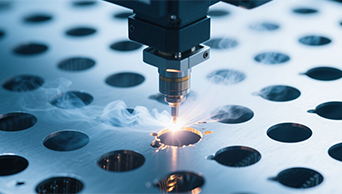
-
Applicable Scenarios
Complex Patterns, High Precision Requirements
-
Features
Precision ±0.05mm, Smooth Surface
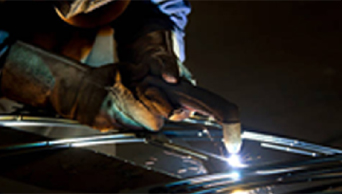
-
Applicable Scenarios
Workpieces with Thickness < 40mm
-
Features
Fast Cutting Speed, Smooth Surface

-
Applicable Scenarios
Any Engraving, Mainstream Industrial Cutting
-
Features
Low Cost, Easy Operation


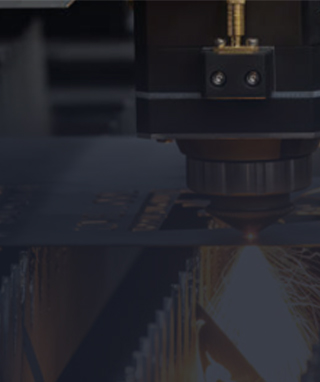
Supports 0.5-6mm Sheets
High Hole Position Accuracy
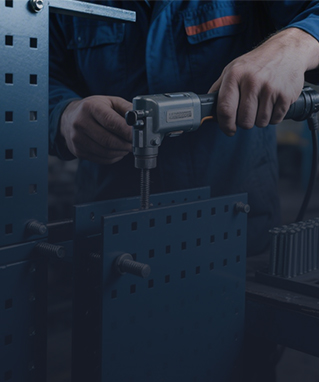
Pressure or Pull Riveting Process
No Damage to Surface Coating
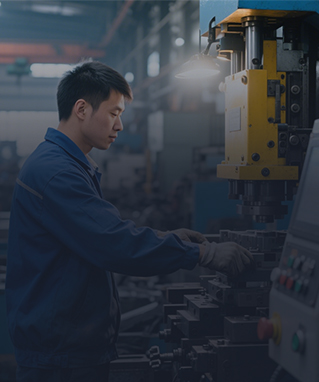
High-Speed Molding
Supports Complex Shapes
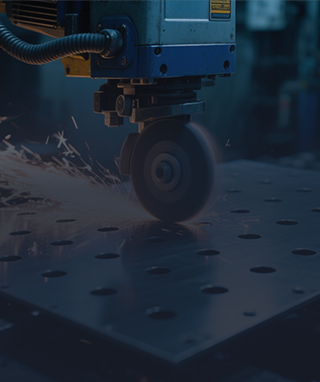
Remove Weld Slag, Burrs
Ensure Smooth Surface

Aluminum Alloy
Stainless Steel
Carbon Steel
Galvanized Steel
Titanium Alloy
Aluminum-Magnesium Alloy
